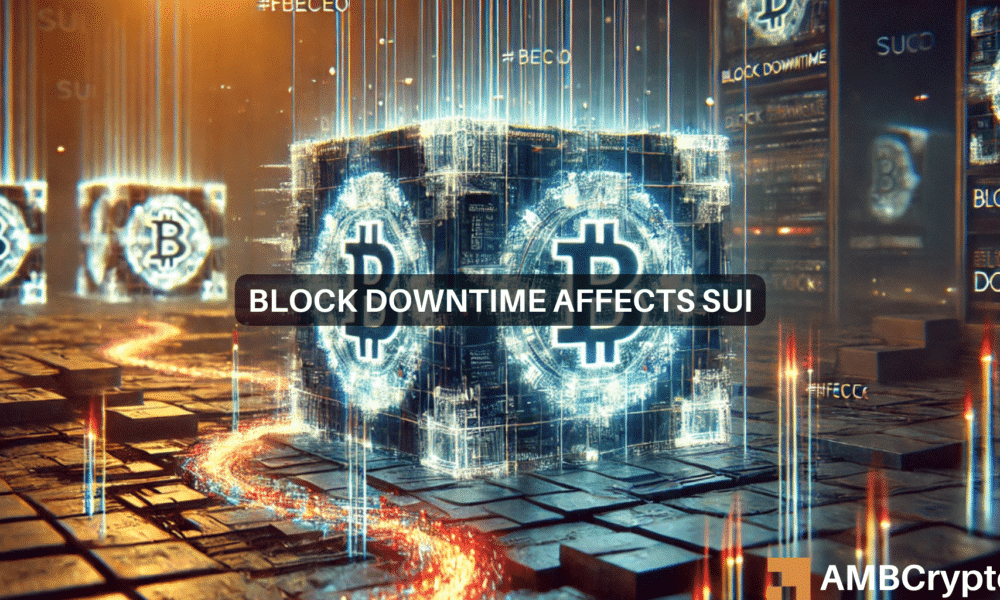SUI, a cryptocurrency network, recently experienced a significant outage causing its token price to drop by over 5%. The network halted block production for more than two hours, resulting in long positions worth $2.17M being wiped out in the derivatives market. After identifying and fixing the bug, SUI resumed operations, but not without drawing comparisons to Solana, another popular blockchain network.
SUI has often been considered a potential competitor to Solana, with its decentralized exchange (DEX) volumes surpassing that of Solana earlier this month. However, despite a recent surge in daily active accounts and total active accounts, Solana has outpaced SUI in terms of growth and stability. Solana’s Total Value Locked (TVL) and decentralized application (dApp) activity have seen significant increases, showcasing the network’s usability and reliability.
The recent network outage on SUI has raised questions about its ability to compete with Solana in the long run. Network outages can have a negative impact on trader sentiment and token prices, as witnessed by the recent drop in SUI’s value. As Solana continues to operate smoothly without any outages, it might overshadow one of SUI’s supposed advantages over other networks.
In the cryptocurrency market, competition among blockchain networks is intense, with each network aiming to attract users and investors by providing a reliable and efficient platform. SUI’s recent outage and subsequent price drop highlight the importance of network stability and reliability in this competitive landscape. As the industry evolves, it will be interesting to see how networks like SUI and Solana adapt to meet the growing demands of users and investors.
Overall, the recent events surrounding SUI’s network outage and price drop serve as a reminder of the volatile nature of the cryptocurrency market. While SUI has shown potential as a competitor to Solana, it will need to address issues related to network stability and performance to maintain its position in the market. As blockchain technology continues to advance, users and investors will likely prioritize networks that offer reliability, security, and scalability for their digital assets.


